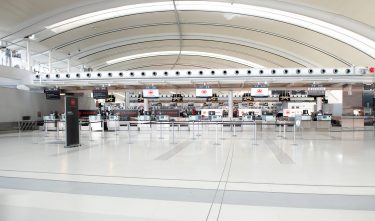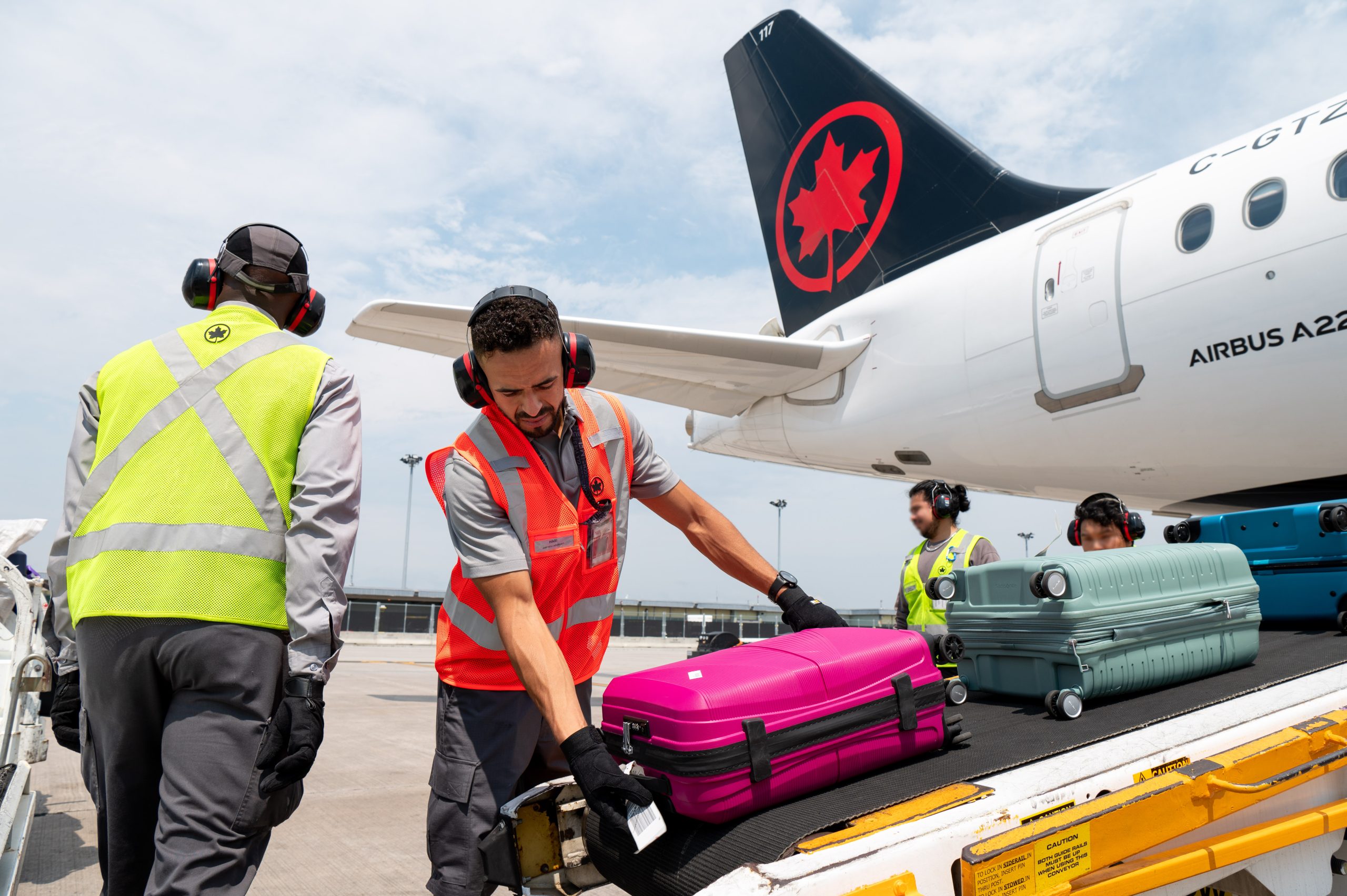
Please could you tell us about yourself and your role at
I've been at
I started as a baggage handler, so that was my first job and I probably learned most of what I know today just from handling bags. It helps me think about how we can make things better and more efficient.
My job essentially is to run the day-to‑day baggage operations, and to focus on the recovery aspect of baggage, while equally looking at what the future holds for us. We do a lot of planning, whether it's six months out, one year out, or 10 years out, we're always thinking ahead. So, a lot of my time is spent focusing on what we will be doing in the future and how we can improve baggage and the customer experience overall. We learned a lot from the summer of 2022 where we certainly had our baggage challenges across the industry.
What are your lessons learned from 2022?
The pandemic created a lot of awareness that we need to focus on baggage and take those next steps; add new technology; start building our future a little quicker and sooner rather than later. One of our focuses is the recovery aspect. The reality is that we don't handle every single bag correctly, things happen, we need to cope with weight restrictions, bulk outs etc. There are a lot of reasons why a bag may be mishandled, but most of our focus was placed on the recovery aspect going into summer 2023. We need to continue to be better in the recovery aspect and at communicating with our customers.

Baggage handling is a very physically demanding job. The role is ripe for using autonomous and robotic technology, which will help safeguard worker's health and safety and make the work more attractive to prospective employees.
What passenger trends around baggage are you observing?
The biggest trend right now is customers tracking their own belongings using Bluetooth trackers. We, as the airline, have had to adapt to that. Customers may be coming to us and telling us where their bag may be, but I would say 99% of the time we know where that bag is anyway. So the challenge is knowing how we work with our customers on this issue, because not all consumers know exactly how some of these Bluetooth trackers work. We have trust in our systems that we've built over the years, and we're dependent on our system.
Another trend is passengers bringing a lot of carry-on baggage, which can put strain on any baggage operations. We need to understand that perhaps the reason for this is that some of our passengers have lost trust in our ability to safely deliver their luggage over the last year and a half. But, we're in a much better place now, so we've got to get that trust back.
What kind of projects are you working on to improve this trust between the passenger and the airline?
One of the things I'm very proud of is that we have just implemented a new scanning model. In this model, we are actually scanning bags at five points throughout the journey. Those five points are:
1. We've accepted a bag or it's in the bag room
2. When a bag is transferred through a station
3. Bag is loaded onto the aircraft
4. Bag is taken off the aircraft
5. Bags are returned to customers.
Points three and four are new points for us. We believe this five point system will enable better tracking and visibility of baggage.
There's a lot more we could do with the above data events, and recently we launched bag tracking for our employees. We've built a bag tracking model within our app and released it to our employees. We are testing it right now; if everything works as planned then the next step is to share it with our customers.
Where do you see the process of baggage handling going in the future?
I think we're a bit archaic in how we handle bags day-to-day - in fact, we handle bags the same way we did decades ago. The only thing that has really changed is that we don't pull bingo stickers and put them on a bingo sheet anymore. We have baggage reconciliation tools, but other than that, the handling is pretty much the same since I started many years ago. It is definitely time for some change.
If you look at manufacturing, for instance, it's come a long way, particularly with robotics and automation. We've actually been speaking a lot about it at conferences, specifically what robotics and autonomous vehicles in baggage handling could look like. I could see those types of technology coming into airport baggage rooms.
What effect would the introduction of new technologies have on recruitment in baggage operations?
There is no doubt that new technologies would go a long way in driving recruitment in baggage operations. This technology is there to support those workers on the frontline, to make their job easier and help to reduce injuries. As an industry, we do see injuries from lifting bags multiple times throughout the day, so we must do more to support the health and safety of our workers.
What challenges are you facing at the moment?
One of the bigger challenges we are facing at present is gaining that trust back from our customers. We want to improve our communication with our customers, so much so that this is an area of innovation for us right now. We hope projects such as the bag tracking project I mentioned earlier will aid this goal. If we share transparent information with our customers, then I think we will gain that trust back from them.
What opportunities exist for airlines in the baggage space?
In my opinion, the greatest opportunities will come from two things: baggage is primed for artificial intelligence (AI) and autonomous vehicles. There are so many examples of uses for AI such as predictive planning, in recovering bags, and autonomous vehicles can be of great value.
If you had caught blanche and money was no object, what baggage innovation or technology would you have
I want to see a world where the number of mishandled bags are next to nothing or very low. If I had carte blanche, I would be investing in all the new technologies to achieve this goal and to enable us to better communicate with our customers, and keep them constantly updated and aware of everything that's going on, good or bad. That is my vision.

CREDIT:
About the author –
An experienced and dynamic leader, Jason has thrived in the aviation industry for over two decades. In 16 years at
As Director, Global Baggage Excellence, Jason has propelled the global baggage portfolio to deliver world-class results. He oversees operations, contracts, baggage recovery, contact centres and short to long-term planning, emphasising relationship building and connecting stakeholders to achieve collective excellence.
© Russell Publishing Limited, 2024. All Rights Reserved., source



